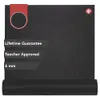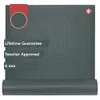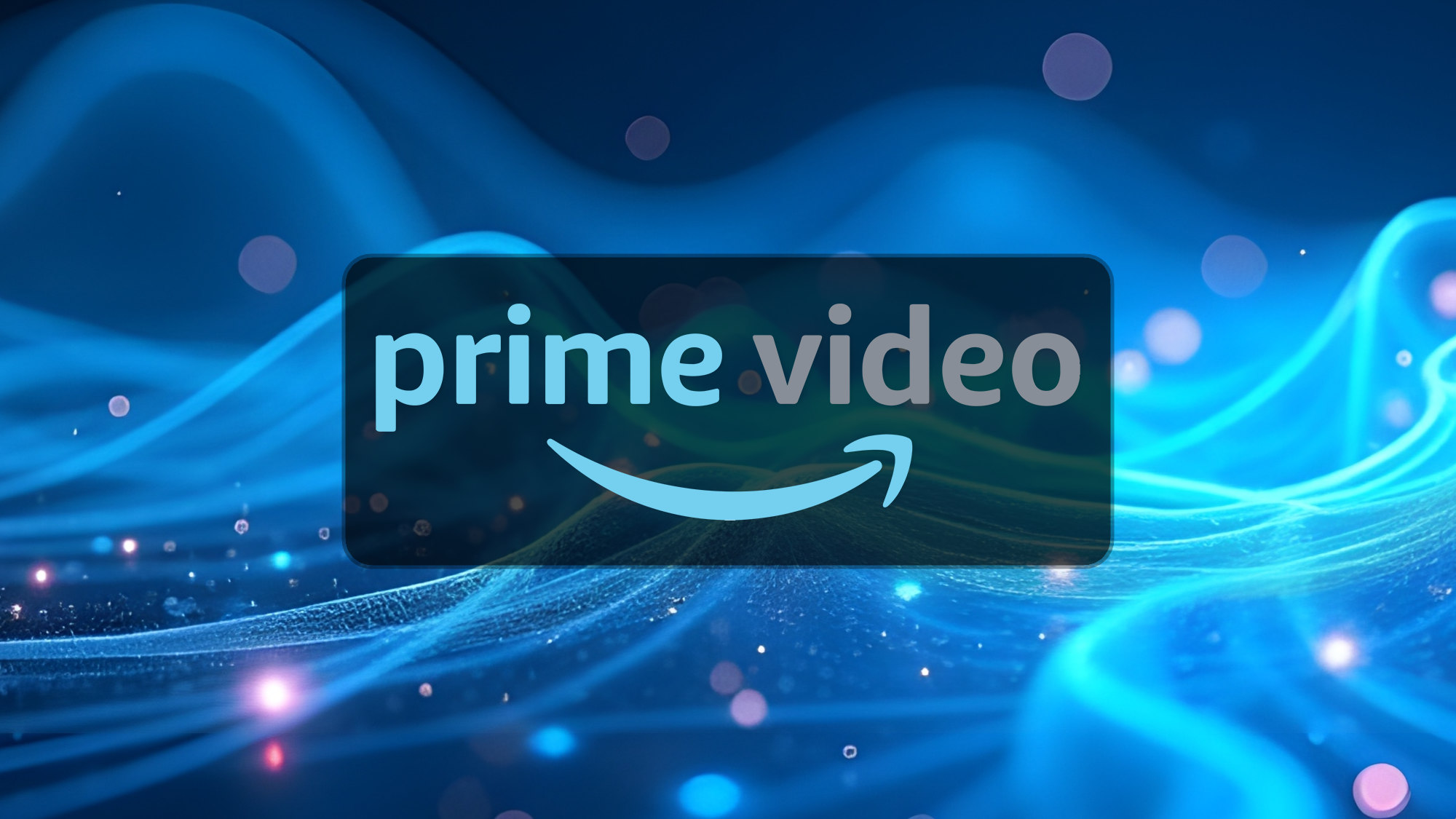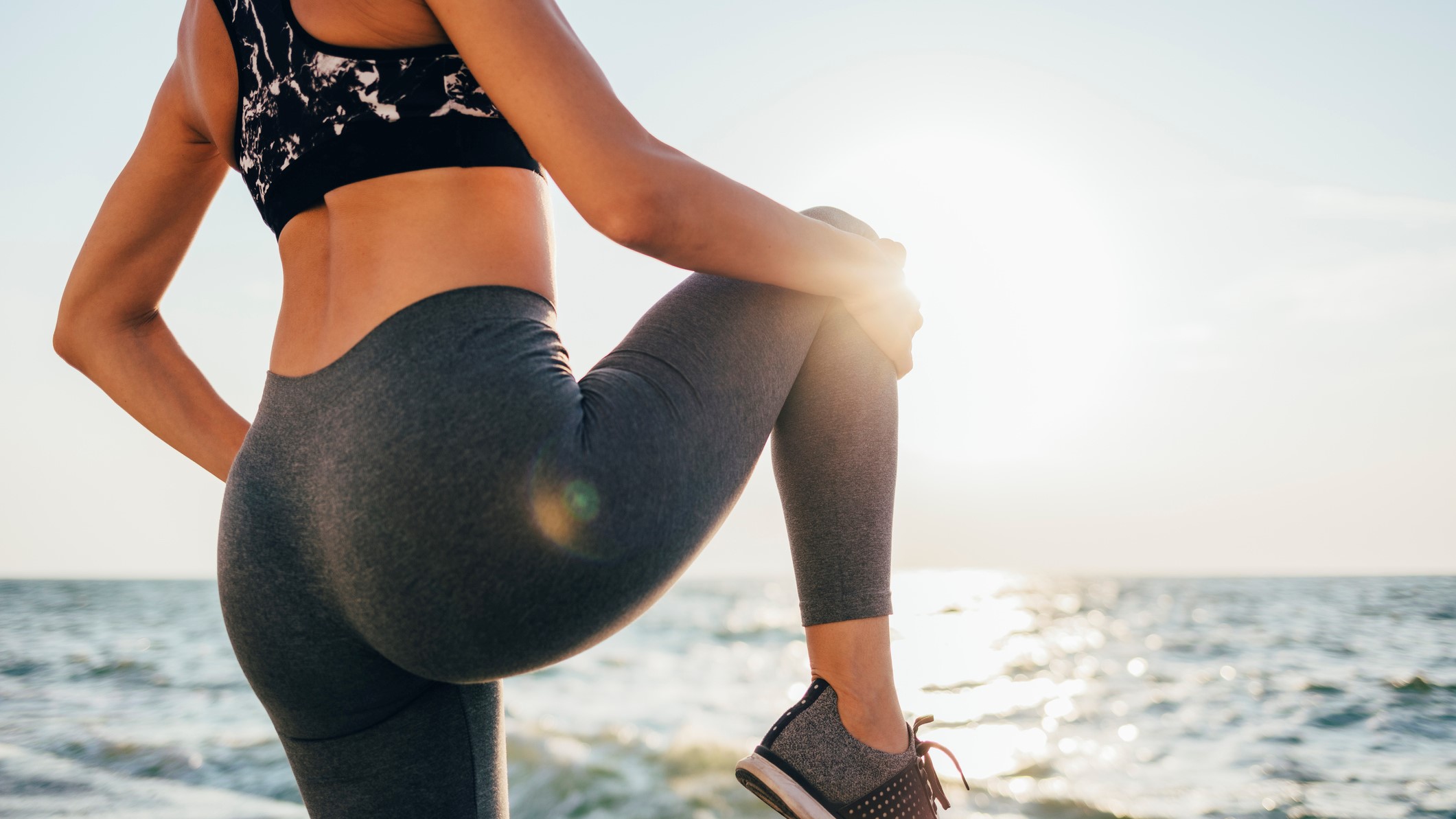
Anyone suffering from tight hips, glutes and groin muscles, or uncomfortable sciatica symptoms could benefit from the lying pigeon pose also known as a reclined pigeon.
Arguably the most accessible variation of the popular yoga pigeon pose, reclined pigeon supports your spine, including your neck, shoulders and lower back, while stretching various lower body muscles, including your glutes, groin and hips.
I often include this stretch for 30 to 60 seconds per leg while teaching mobility sessions or leading cool-downs post-workout. It’s scaleable, approved by therapists and should help release tension and build flexibility around the muscles responsible for posture and spinal support. Here’s how to do it, and why.
What is the lying pigeon stretch for sciatica?
Lying pigeon is pretty much a pigeon pose performed while lying on your back.
I look at the stretch in three tiers: lying pigeon pose, the 90/90 stretch and the pigeon pose; all are stretches within their own right, I always start with the reclined version, then progress up the chain, when using these as a glute stretch to release tension and build lower body flexibility.
For many, pigeon exacerbates knee pain, but it shouldn’t. The main problem is you must achieve specific alignment to sit properly in the pose, even when using one of the best yoga mats for your joints. The 90-90 stretch feels more knee-friendly, but the lying pigeon supports the whole spine, making it the most accessible option for clients I work with.
How to do lying pigeon pose
Those dealing with an injury like knee or hip pain or sciatica symptoms should still consider getting cleared medically by a physician before trying new exercises. Even if this move has been recommended by physical therapists, it’s always worth seeking advice when you’re unsure.
Get instant access to breaking news, the hottest reviews, great deals and helpful tips.
If you feel up to lying pigeon, here’s how to do it:
- Lie on your back with your knees bent and feet and shoulders pressed into the mat
- Gently tuck your pelvis toward your spine, flattening your lower back
- Relax your head and slightly tuck your chin toward your chest
- Position your left foot over your right thigh just above the knee with your ankle just off the leg. This will form a figure-4 position with your left leg
- If you can, lift your right leg toward your chest and hold
- To deepen the stretch, wrap your hands around the back of the right leg and gently pull toward you without lifting your upper body away from the mat
- Hold, then release and switch legs.
Between sides, consider re-bending your knees and gently swaying them from side to side to massage the lower back. While performing the stretch, avoid pushing the knee of your working leg outward or forcing it in any way.
If you struggle to find a figure-4 shape, this indicates tight hips; focus on drawing the opposite leg toward you and holding the stretch — you should notice improvements over time. Some people also like to perform the stretch facing a wall and pressing the foot of the raised leg against it for support.
What muscles does the lying pigeon stretch target?
Beginners looking for a deep glute stretch can benefit from learning this one and understanding what should be felt where.
Like pigeon and the 90/90 stretch, your glutes, groin and hip flexor muscles are the focus of the stretch, except this variation helps zone in on one side at a time rather than both legs taking up vastly different positions. I find it easier to hit my glutes and lower back this way, whereas improper positioning can sometimes take away from the glutes during the other stretches.
The stretch has been recommended for those rehabilitating sciatica symptoms. Supporting your back rather than front-loading the knees is also more accessible for beginners or those with knee pain.
Over time, stretching can help build flexibility in the muscles surrounding the pelvis, which are responsible for lifting, extending and rotating your hips and legs. The hip flexors, lower back, glutes, hamstrings and groin muscles contribute toward lower body mobility, posture and spine support and help you move properly.
Does pigeon pose help sciatica?
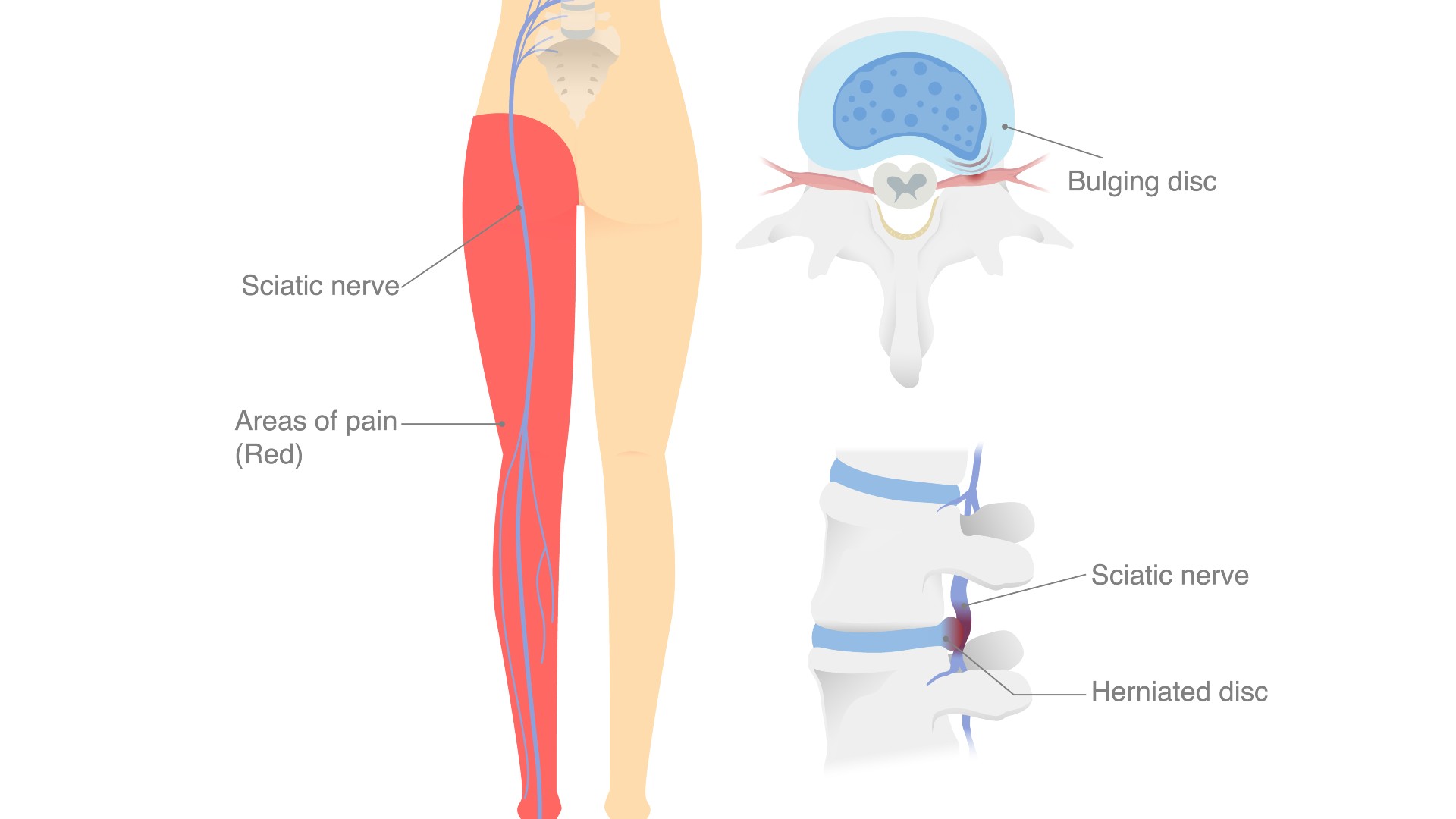
Your sciatic nerve originates from the lower back and runs through the glutes and down both legs. When the nerve becomes pinched or irritated, this can cause pain, numbness, or aching in these areas.
The piriformis muscle (a deep gluteal muscle) can also irritate the sciatic nerve, so any stretches — reclined pigeon included — that target the glutes and help stretch the piriformis muscle and hip rotators can help relieve symptoms. As described by the Cleveland Clinic, pain could be related to piriformis syndrome.
I also recommend checking out these 3 doctor-approved exercises for pain relief and the best exercises to do if you have sciatica.
Who should avoid lying pigeon stretch?
Reclined pigeon should be safe for most people, but if you experience sharp and prolonged pain during the stretch or haven’t consulted a qualified medical professional for diagnosis — skip it.
More from Tom's Guide
- I'm a personal trainer, this one-minute stretch opens your shoulders and builds upper body flexibility
- Ditch sit-ups — you just need a resistance band and these 5 exercises to build a stronger core
- Pilates instructor shares a 20-minute Pilates workout for developing healthy hips and strengthening your lower body

Sam Hopes is a level 3 qualified trainer, a level 2 Reiki practitioner and fitness editor at Tom's Guide. She is also currently undertaking her Yoga For Athletes training course.
Sam has written for various fitness brands and websites over the years and has experience across brands at Future, such as Live Science, Fit&Well, Coach, and T3.
Having coached at fitness studios like F45 and Virgin Active and personal trained, Sam now primarily teaches outdoor bootcamps, bodyweight, calisthenics and kettlebells.
She also coaches mobility and flexibility classes several times a week and believes that true strength comes from a holistic approach to training your body.
Sam has completed two mixed doubles Hyrox competitions in London and the Netherlands and finished her first doubles attempt in 1:11.

